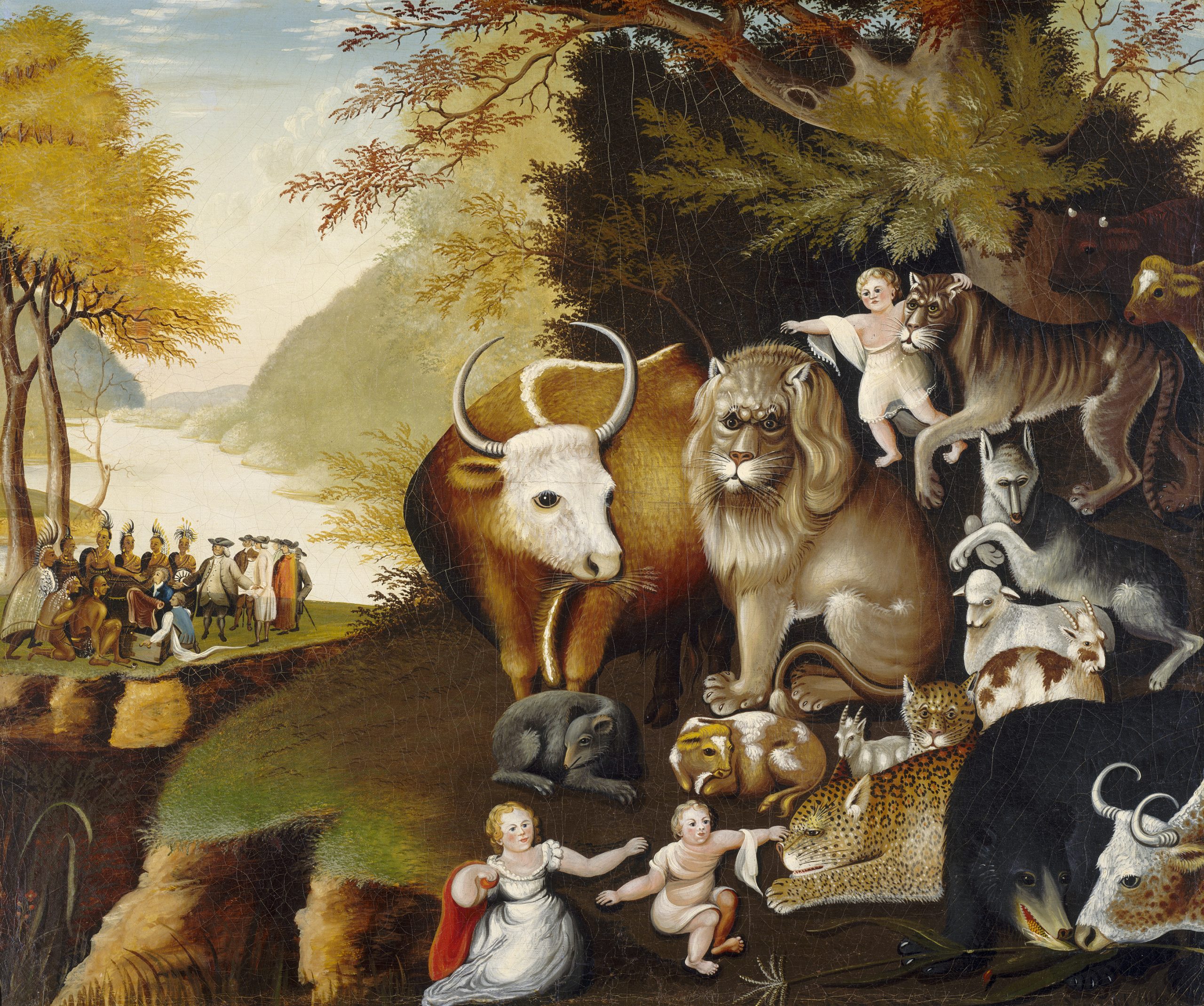Archives
- Home
- Event Page 9

Animals
Today we update our understanding of the regulations, codes, standards and ethical considerations in the care of animals in education communities. Use the login credentials at the upper right of our home page.
Family time pic.twitter.com/tRQH8LV3eW
— Chelsea (@therealilwolf) April 17, 2024
In partnership with @Yeatssocietyirl, we are hosting a special virtual event to mark the 100th anniversary of the #poem ‘The Second Coming’ by WB #Yeats. Join us on Friday, 13 Nov at 7pm for an evening of discussion and #poetry readings.
🎟️ Register now: https://t.co/gfU24AEFGz pic.twitter.com/zDbzLjslL5
— National Library of Ireland (@NLIreland) November 5, 2020
someone wanna go feed them for me? So I can stay in bed.
Im already late. pic.twitter.com/F2WCu8SrqG
— dhani (@juss_dhani) August 4, 2024
Animals
Today we update our understanding of the regulations, codes, standards and ethical considerations in the care of animals in education communities. Use the login credentials at the upper right of our home page.
Family time pic.twitter.com/tRQH8LV3eW
— Chelsea (@therealilwolf) April 17, 2024
In partnership with @Yeatssocietyirl, we are hosting a special virtual event to mark the 100th anniversary of the #poem ‘The Second Coming’ by WB #Yeats. Join us on Friday, 13 Nov at 7pm for an evening of discussion and #poetry readings.
🎟️ Register now: https://t.co/gfU24AEFGz pic.twitter.com/zDbzLjslL5
— National Library of Ireland (@NLIreland) November 5, 2020
someone wanna go feed them for me? So I can stay in bed.
Im already late. pic.twitter.com/F2WCu8SrqG
— dhani (@juss_dhani) August 4, 2024
Risk: Self Insurance
This content is accessible to paid subscribers. To view it please enter your password below or send mike@standardsmichigan.com a request for subscription details.
“Minuet in G Major” (Bach) | Maumee High School
Standards Ohio || Maumee City Schools
Congratulations to @MaumeeHS band members Bridget Braithwaite and Henry Herman for being invited to perform in this year’s BGSU Honor Band. They performed in a concert on Saturday, November 22, at BGSU’s Kobacker Hall. pic.twitter.com/qYjPE1KwCs
— Maumee City Schools (@maumee_schools) November 24, 2025
100th Day of School
This content is accessible to paid subscribers. To view it please enter your password below or send mike@standardsmichigan.com a request for subscription details.
Ædificare | Renovation Standards
We follow the construction spend rate of the US education industry; using the US Census Bureau Construction Spending figures released the first day of every month.
We encourage our colleagues in the education facilities industry to respond to Census Bureau-retained data gathering contractors in order to contribute to the accuracy of the report.
New update alert! The 2022 update to the Trademark Assignment Dataset is now available online. Find 1.29 million trademark assignments, involving 2.28 million unique trademark properties issued by the USPTO between March 1952 and January 2023: https://t.co/njrDAbSpwB pic.twitter.com/GkAXrHoQ9T
— USPTO (@uspto) July 13, 2023
Standards Michigan Group, LLC
2723 South State Street | Suite 150
Ann Arbor, MI 48104 USA
888-746-3670











